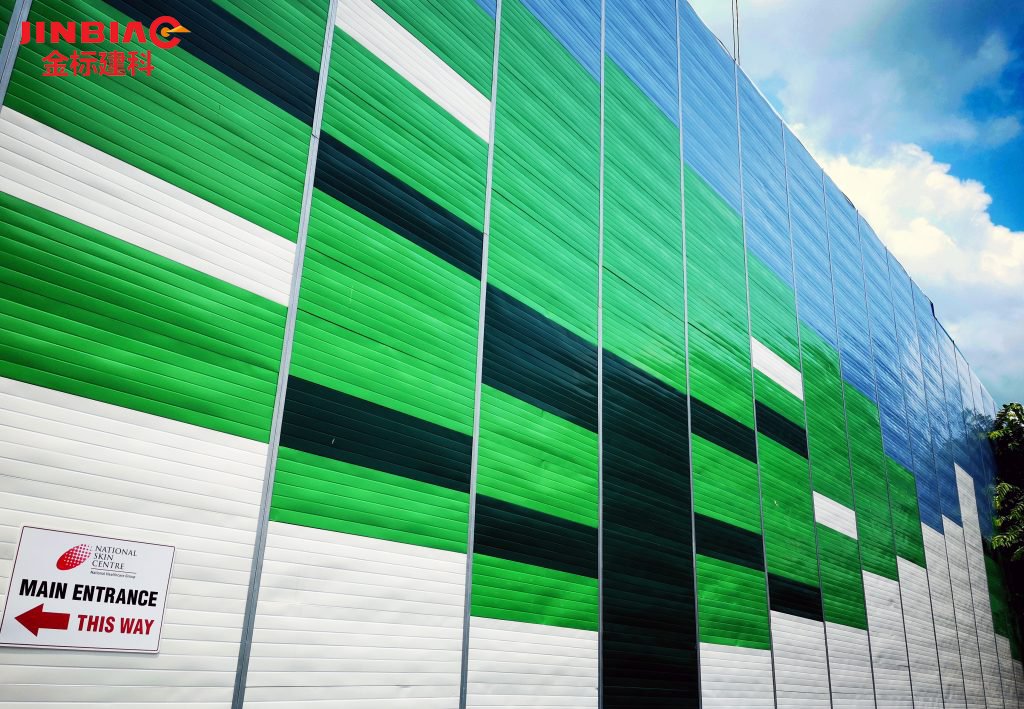Is your property situated by the highway? If so, then for sure it is subject to the traffic noise on a daily basis. To get rid of those sounds, an effective noise barrier fence is what you need. The solution can be implemented in homes and properties that are located near busy streets and commercial districts; with the buzzing sounds all over the place, these can be heard and felt indoors too.

Noise barrier fences are usually installed to block highway noise from entering a property. It is common in commercial and industrial spaces, such as schools, sports complexes, hospitals, and offices. They are also common in homes and farms near highways.
What makes an effective noise barrier fence, anyway? Here are some factors to consider:
1. Atmospheric effects.
Atmospheric effects play a crucial role in an effective noise barrier. Things such as atmospheric absorption, refraction, and turbulence. The wind passing through the property may carry soundwaves coming from the outdoors, and this may heighten the volume and reverberation within your space.
To prevent atmospheric effects from being felt, field measurements should not be performed when wind speeds are more than 5 m/s, or when winds with small vector components are present in the direction of wall installation.
2. Barrier design goals.
It is also important to consider barrier design objectives to ensure that you will have an effective noise barrier. These design goals include:
· Barrier sound transmission — use barrier panels that are heavy enough to ensure a transmission loss of 20dB.
· Barrier length — make sure that the barrier’s height and length are measured properly such that only a small portion of sound diffracts around the edges.
· Reflective vs. absorptive — some communities may perceive sound level increases due to reflections. If your property is situated in such an area, then you may want to go with noise barriers that absorb sound rather than reflecting it. This is because sound reflected between parallel barriers may lead to degradations in the barrier’s performance.
· Overlapping barriers — make sure that the ratio between overlap distance and gap between barriers is at least 4:1.
· Special tops for barriers — do you need special shapes and designs for your barriers? If they help in mitigating outdoor noise, and if they are within your budget, then they may be worth the investment.
3. Material.
Aside from design and careful consideration of environment conditions, it is likewise important to look at the material to use for your noise barriers. Since they are installed outdoors, these barriers not only should be capable of mitigating noise, but withstand changing climate conditions as well.
The most common materials used for noise barrier construction are wood, metal, concrete, and brick and mortar. However, you should look into their features as far as acoustics are concerned, and where they are best installed.
Wood noise barriers may be well-suited in residential backyards, while concrete and brick and mortar are better in highways. When securing the acoustics of an open area designed for events and gatherings, you may have to go with rubber, fibreglass, plastics, or composites instead.
Hebei Jinbiao is a leading company in Noise Control products in Singapore. We guarantee to provide you with the most high-quality Noise Control products and reliable assistance. Do not hesitate to contact us. We are looking forward to helping you solve your noise issues and protect you from noise pollution.
